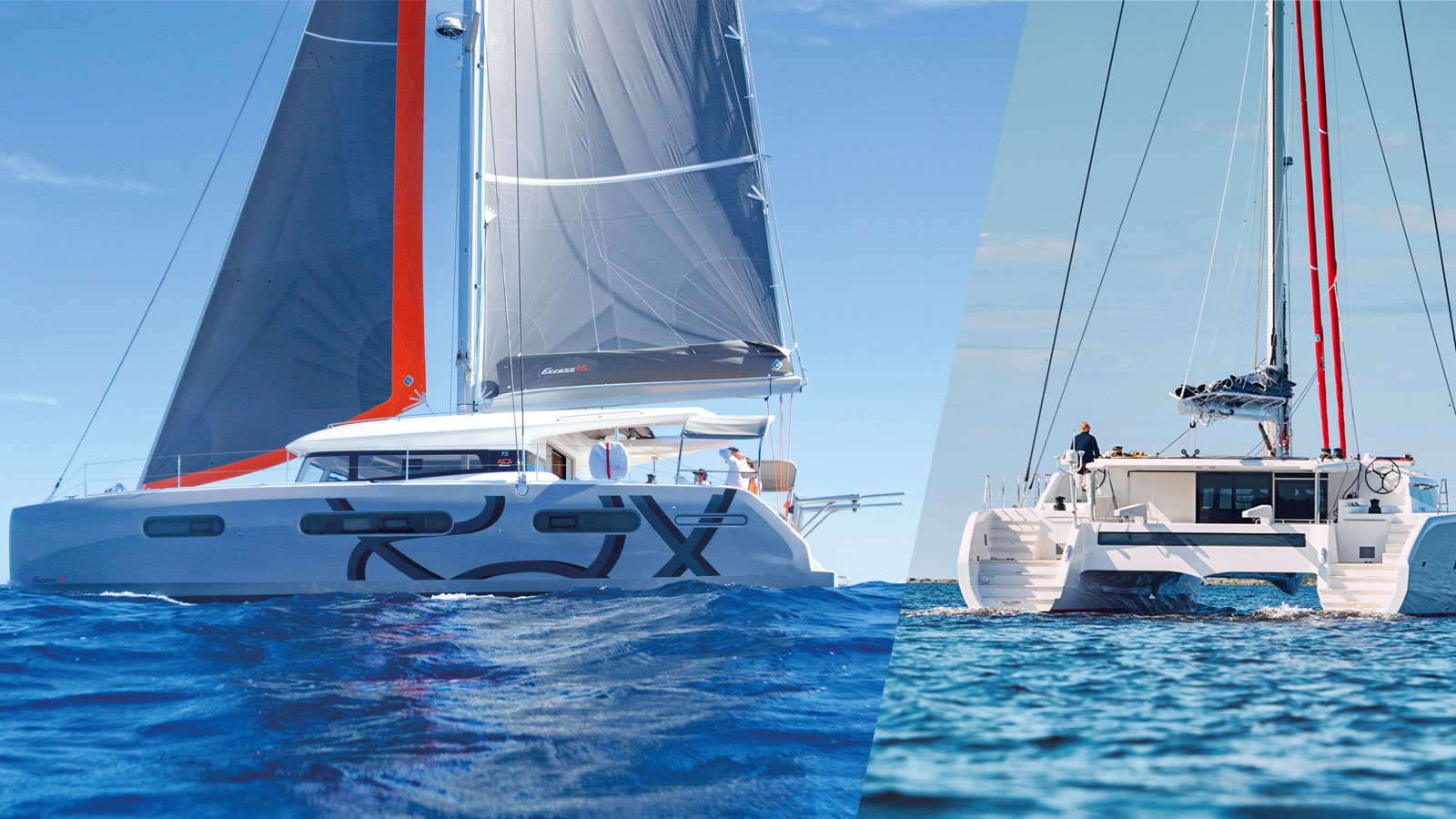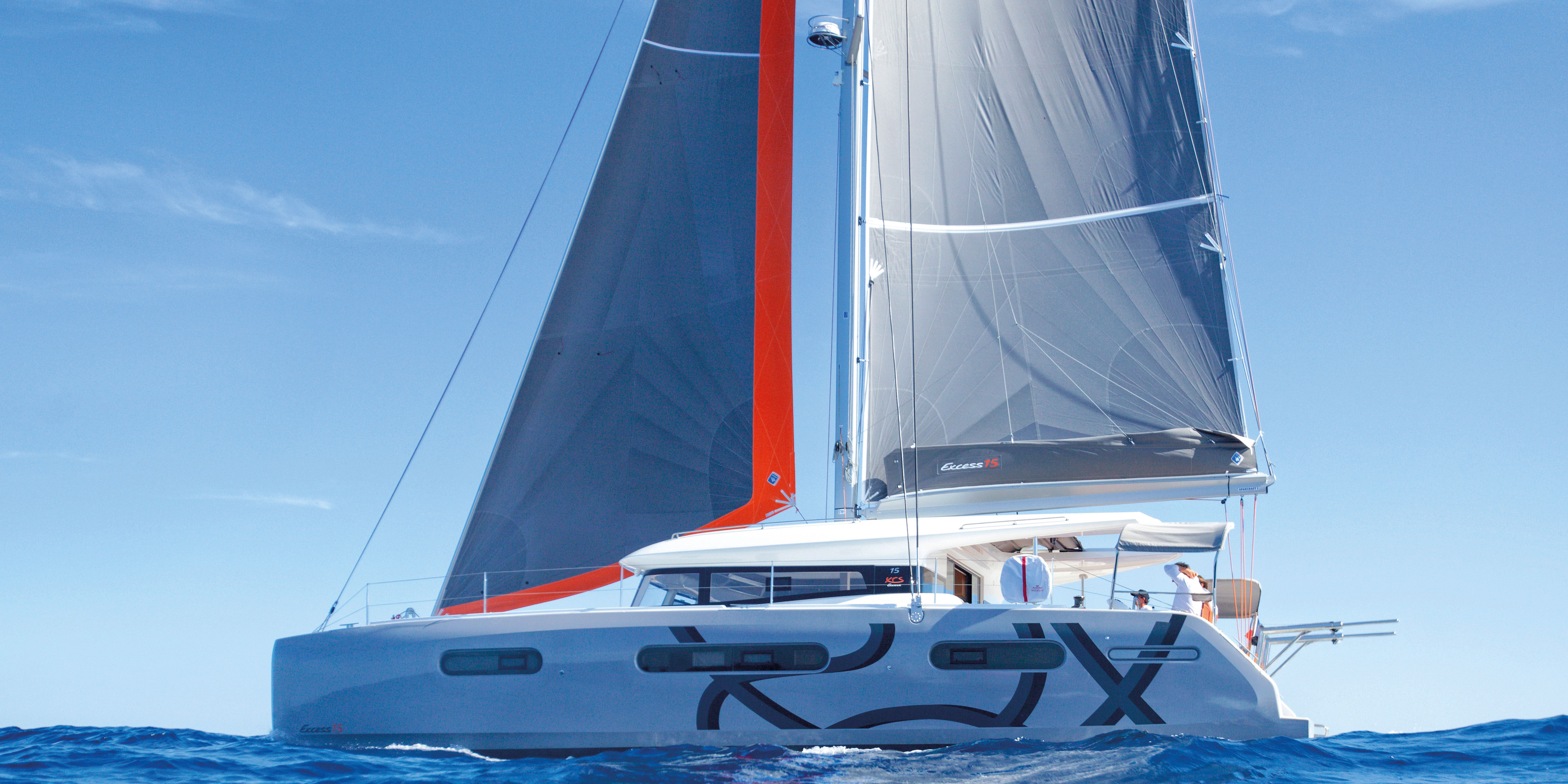


The largest multihull show in the world will host Torqeedo’s latest lineup of marine electric and hybrid propulsion systems and a variety of electric and hybrid craft, including the Excess 15 with Deep Blue Hybrid, from 20 – 24 April in La Grande-Motte, France. The new range of electromobility products includes a full-line upgrade of Torqeedo’s market-leading Cruise motors and a powerful new Deep Blue 50 kW saildrive with advanced, automated hydrogeneration.
“With Deep Blue powering your catamaran, you have a reliable, clean and quiet boating experience and generate all the renewable energy you need onboard,” said Isabel Jeschek, senior manager project sales for Torqeedo GmbH. “From sailing yachts like the Excess 15 to the new Whisper Yacht, a solar-electric power catamaran, the Multihull Show is the perfect place for customers to explore all of the benefits that electric and hybrid drives can offer.”
A deep dive into the Deep Blue Hybrid system onboard the OQS Ocean Explorer 72
Support vessels are also prime candidates for electrification. Torqeedo’s new higher-powered Cruise-series motors consist of 3 kW, 6 kW and 12 kW models (6-25 hp equivalent). Designed to work with Torqeedo’s Power-series lithium-ion batteries, the Cruise motors are the powerplant of choice for tender and dinghy applications. For smaller tenders and inflatables, the best-selling Travel series of battery-powered outboards will be on display in the Torqeedo stand E22 and at the Highfield stand.
The new Deep Blue 50 kW saildrive system, which took top honours in the prestigious Boat Builder Award competition at the 2021 METSTRADE exhibition, was developed in partnership with ZF and was introduced to the market in a Beneteau Excess 15 catamaran. The Excess 15 will be available during the show for viewing or test sails on PONTON V/T. Interested parties may contact Isabel Jeschek to schedule.

Excess 15 with Deep Blue 50 SD system. Credit: Christophe Launay
Symphony Marine is presenting a highly innovative line of luxury solar-electric motoryachts called “Whisper Yachts”. The 40- to 60-foot range has been designed with the Berret-Racoupeau Yacht Design team to create eco-friendly catamarans that offer all the comforts and conveniences of fossil fuel-powered yachts. A scale model will be available to view in the Whisper Yachts stand H52, and a press conference with an immersive virtual tour is planned for 21 April at 10:00.
Where to find Torqeedo at the boat show:
Torqeedo stand E22 – Full range of products on display
Excess 15 PONTON V/T – Test sails available
To schedule an appointment for a booth tour or an on-water demo, please contact Isabel Jeschek at Isabel.Jeschek@torqeedo.com
More information:
Find high-resolution pictures at the: › Torqeedo Dropbox
Find the main catalogue 2022 here: › Main Catalogue 2022
Find the professional catalogue 2022 here: › Professional Catalogue 2022
2022 International Multihull Boat Show
- Communiqués de presse